From the flavorful Indian pilaf to the Italian risotto - rice is famous throughout the world. Rice is a very nutritious food, since it is rich in proteins, vitamins, minerals and digestible fiber.
In contrast to other cereals, most varieties of rice do not contain gluten, making it perfect for patients who are intolerant of cereal proteins.
Like the other cereals, rice appeared on our planet about 10 000 years ago, when the large glaciers melted, leaving behind vast swampy areas.
It can be stated without a doubt that rice is the main food source for 3/4 of the world's population.
From China to Japan, including India and Indonesia, rice is more than simply a food product. It is part of the culture of these nations. Rice is considered to be a gift from the gods, a symbol of fertility and life.
This symbolism is also present in many Mediterranean countries, where there is a tradition of pouring rice on top of the heads of newlyweds, in order for them to be happy and lucky.
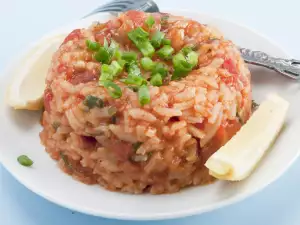
Rice was most likely brought to Western European countries by Alexander the Great, after he invaded India in 326 BC. The widespread distribution of rice in the Mediterranean nations is due to Arabic culture.
Archaeological digs show that rice had been used even earlier, in 630 BC. It is believed to have been one of the products traded at the spice markets in Alexandria.
Today, Italy is the biggest supplier of rice in Europe. And did you know, that there have been more than 10 000 varieties of rice found in the Philippines, but there are "only" 5000 being cultivated? There are only 50 varieties in Italy.
Eating rice means eating healthy. "Anyone who eats rice accepts life, " is a popular proverb in India. Many other ancient cultures also recognized the nutritional value of rice. Hippocrates used to advise the ancient Olympians to boost their strength by eating rice before and after competitions.
Scientists have confirmed that rice can compensate for the lack of major vitamins and minerals, caused by excessive eating of certain foods. Rice contains a lot of vitamin B, as well as vitamin E and PP, the minerals calcium, copper, iron, potassium, magnesium, selenium and zinc.
2/5 cup (100 g) of raw rice contain 4.1 g of protein.
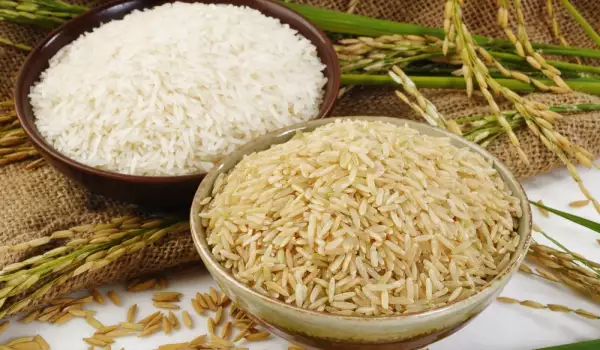
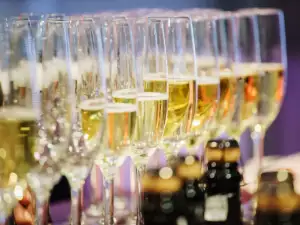


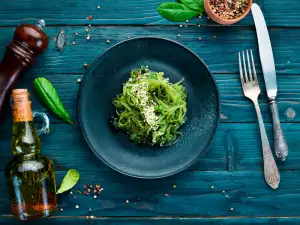


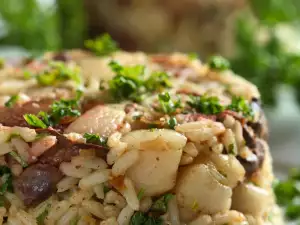


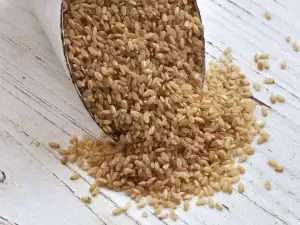


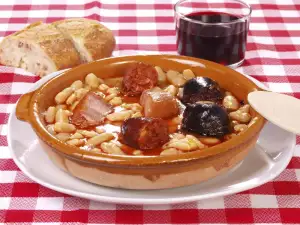






Comments